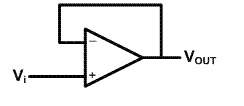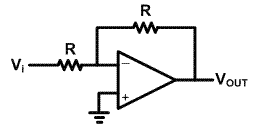diemilio
Full Member level 6
- Joined
- Sep 19, 2006
- Messages
- 383
- Helped
- 64
- Reputation
- 126
- Reaction score
- 15
- Trophy points
- 1,298
- Location
- Framingham, MA
- Activity points
- 3,797
Hello everyone!!
When designing an OTA, one of the most difficult taks is to set the output voltage to a desired value (when driving capacitive loads). I've heard that there are feedback approaches to set this output voltage. Could someone please explain me how can I do this???
Thanks,
diemilio
When designing an OTA, one of the most difficult taks is to set the output voltage to a desired value (when driving capacitive loads). I've heard that there are feedback approaches to set this output voltage. Could someone please explain me how can I do this???
Thanks,
diemilio

